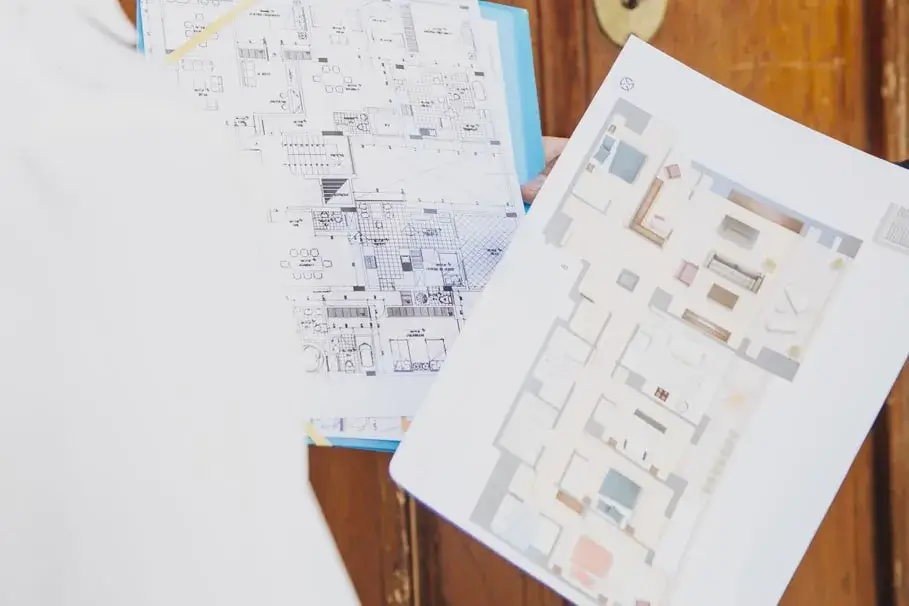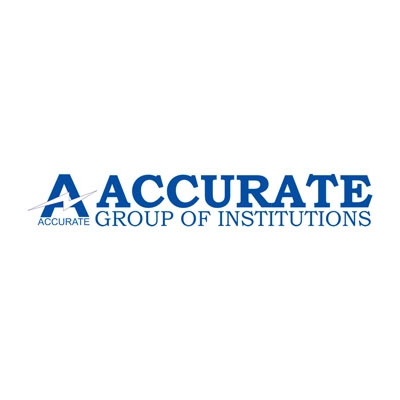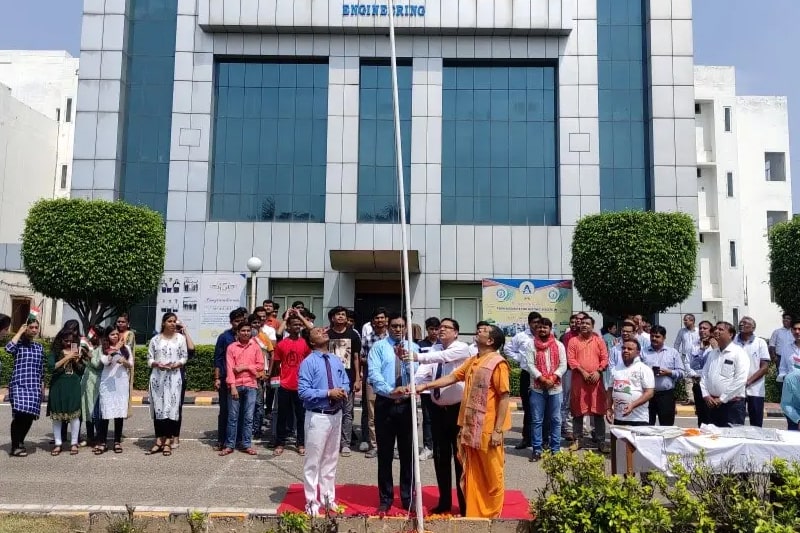Becoming an architect is a dream that many young minds nurture. The art of designing spaces that are not only functional but also aesthetically appealing is a noble pursuit. To achieve this goal, one must embark on a journey of education and practical training. Among the various pathways to becoming an architect, pursuing a Bachelor of Architecture (B.Arch) degree is a popular choice.
Architecture, as an art and science of designing spaces, has been an integral part of human civilization since time immemorial. Aspiring architects envision transforming the world around them into aesthetically pleasing, functional, and sustainable structures that serve the needs of individuals and communities alike. To embark on this fulfilling career path, many choose to pursue a Bachelor of Architecture (B.Arch) degree. This comprehensive guide delves into the B.Arch syllabus, offering aspiring architects a detailed understanding of the subjects they will encounter during their academic journey.
The Bachelor of Architecture (B.Arch) degree is an undergraduate program typically spanning five years, which equips students with the knowledge, skills, and expertise required to pursue a career in architecture. It combines creativity, science, and technical proficiency to nurture aspiring architects into competent professionals who can design innovative and sustainable structures that enhance the built environment.
Year 1: Laying the Foundation

Architectural Design Studio I:
This studio-based course forms the core of the B.Arch curriculum. It introduces students to the basics of architectural design, including design concepts, spatial awareness, and human-scale proportions. Students undertake small-scale projects to grasp the design process and develop their communication skills to articulate their ideas visually.
Architectural Drawing and Graphics:
In this subject, students learn various techniques for expressing architectural ideas through drawings and graphics. They develop skills in freehand sketching, architectural drafting, and computer-aided design (CAD) software, which are essential tools for architects in visualizing and communicating their designs effectively.
Architectural History and Theory
This course explores the development of architecture through the study of enduring structures and architectural movements from many eras and cultural backgrounds. For insight into the development of design ideas and concepts, understanding architectural history is essential.
Building Materials and Construction:
Students explore various building materials, their properties, and how they are assembled to construct buildings. Understanding construction methods is essential for creating feasible and structurally sound architectural designs.
Year 2: Exploring Design Concepts

The second year of the B.Arch program expands upon the foundational knowledge from the first year and introduces more complex architectural concepts and principles.
Architectural Design Studio II:
Building upon the skills learned in the first year, students tackle more intricate design projects that consider site-specific conditions, user requirements, and sustainable design principles.
Building Services:
Students learn about many structural components of buildings, including HVAC (heating, ventilation, and air conditioning) systems and plumbing. For architects to create rooms that are both practical and cozy for inhabitants, understanding building services is essential.
Year 3: Integration and Specialization

The third year of the B.Arch program focuses on integrating various aspects of architecture and offers opportunities for students to specialize in areas of their interest.
Architectural Design Studio III:
Students work on larger and more complex design projects that demand integration of structural, environmental, and social considerations. Emphasis is placed on sustainable and human-centric architecture.
Architectural Theory and Criticism:
This subject delves into the theoretical aspects of architecture, exploring different design philosophies and their impact on the built environment. It encourages students to critically analyze architectural works and design concepts.
Specialization Electives:
Elective courses for specialization in architecture are frequently offered in B.Arch programs, allowing students to concentrate on certain branches of the discipline, such as sustainable architecture, interior design, or landscape architecture.
Architectural Structures:
This subject covers the principles of structural design and analysis. Students learn how to calculate loads, design beams, columns, and foundations, ensuring that their architectural designs are safe and structurally stable.
Year 4: Advanced Concepts and Practical Experience

The fourth year of the B.Arch program provides students with an opportunity to delve deeper into advanced architectural concepts and gain practical exposure through internships or on-site projects.
Architectural Design Studio IV:
Students work on comprehensive design projects that require an in-depth understanding of their chosen specialization. They are encouraged to explore innovative and sustainable design solutions.
Research Methods in Architecture:
This subject prepares students for conducting research in architecture, which is essential for developing evidence-based design concepts and exploring innovative solutions to architectural challenges.
Professional Internship:
Many B.Arch programs incorporate an internship period where students work under experienced architects or in reputable architectural firms to gain practical exposure to real-world projects and the professional work environment.
Year 5: Thesis and Final Portfolio

The final year of the B.Arch program is dedicated to the completion of a thesis project and preparing a comprehensive portfolio that showcases the student's academic journey and design accomplishments.
Architectural Design Studio V (Thesis):
The thesis project is the culmination of a student's architectural education. It involves an in-depth exploration of a self-selected topic, demonstrating the student's ability to conduct independent research and apply critical thinking to architectural design.
Portfolio Development:
Students compile their best works, including studio projects, design assignments, and research papers, into a professional portfolio that highlights their strengths as an aspiring architect.
Professional Practice II:
The final stage of the professional practice course equips students with the knowledge to set up their own architectural practice and handle administrative and business aspects of the profession.
Advanced Technology in Architecture:
Students explore the use of advanced technologies such as Building Information Modeling (BIM), parametric design, and digital fabrication, which are transforming the architectural industry.
CONCLUSION:
The Bachelor of Architecture (B.Arch) degree is a comprehensive program that offers aspiring architects a well-rounded education in design, technology, history, and professional practice. Through a carefully curated syllabus, students develop their creative thinking, problem-solving, and technical skills. The five-year journey is a transformational experience that prepares them for a rewarding career in shaping the built environment.
Aspiring architects should also keep in mind that architecture is a constantly evolving field, and lifelong learning is essential to stay updated with the latest advancements and trends. The B.Arch degree lays a strong foundation, but the true test of an architect lies in their ability to adapt and innovate in response to the ever-changing demands of society and the environment. So, embrace the journey with passion and dedication, for the world awaits the architects of tomorrow to build a better and more sustainable future.












